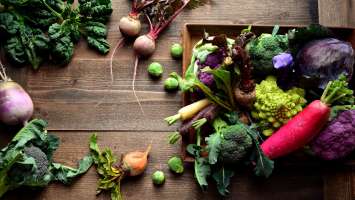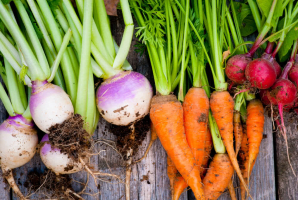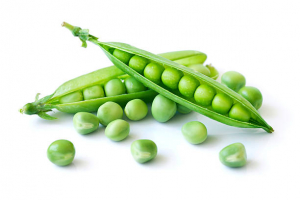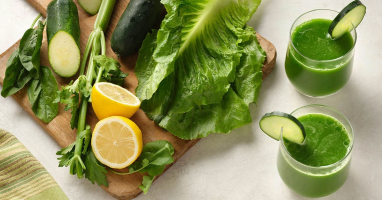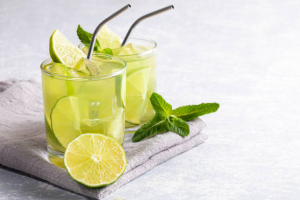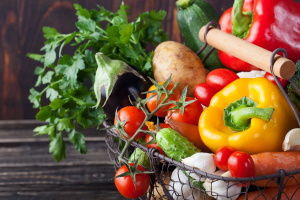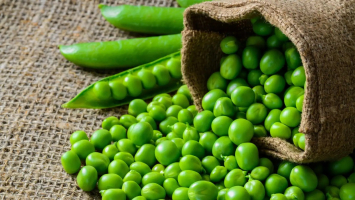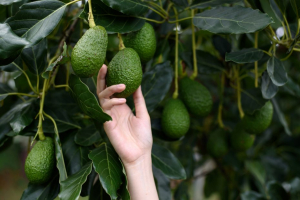Top 10 Healthiest Leafy Green Vegetables
A healthy diet should include plenty of leafy green vegetables. They're high in vitamins, minerals, and fiber while being low in calories. A diet high in leafy ... read more...greens has been shown to reduce the risk of obesity, heart disease, high blood pressure, and mental decline. The healthiest leafy green vegetables to include in your diet are listed below.
-
Because of its high concentration of vitamins, minerals, and antioxidants, kale is regarded as one of the most nutrient-dense vegetables on the planet. One cup (67 grams) of raw kale, for example, contains 68.4% of the Daily Value (DV) for vitamin K, 20.6% of the DV for vitamin A, and 13.4% of the DV for vitamin C.
It also contains antioxidants like lutein and beta-carotene, which reduce the risk of oxidative stress-related diseases. Kale is best consumed raw to reap the most benefits from its nutritional profile, as cooking can reduce its nutrient profile.
Besides, kale is one of the foods that are good for weight loss. Even though it has a low energy density due to its low calorie and high water content, it will always help you feel full for longer. Furthermore, kale contains a small amount of protein and fiber, both of which are important nutrients for weight loss.
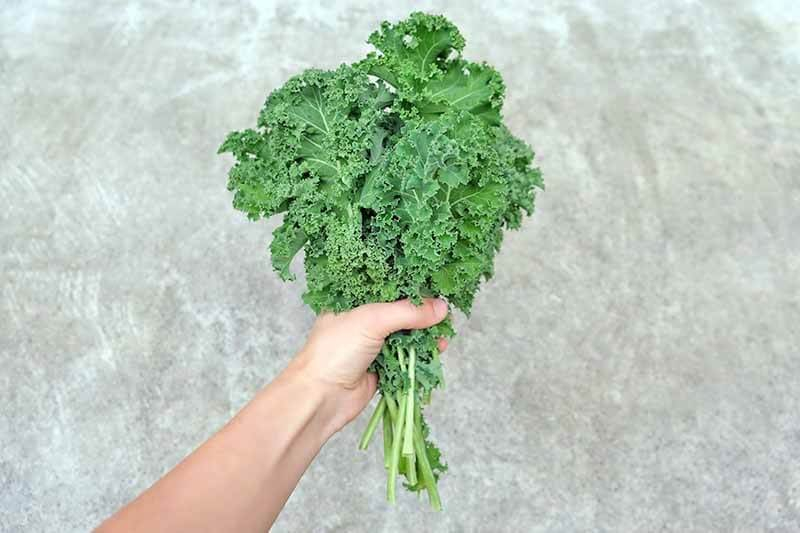
Kale 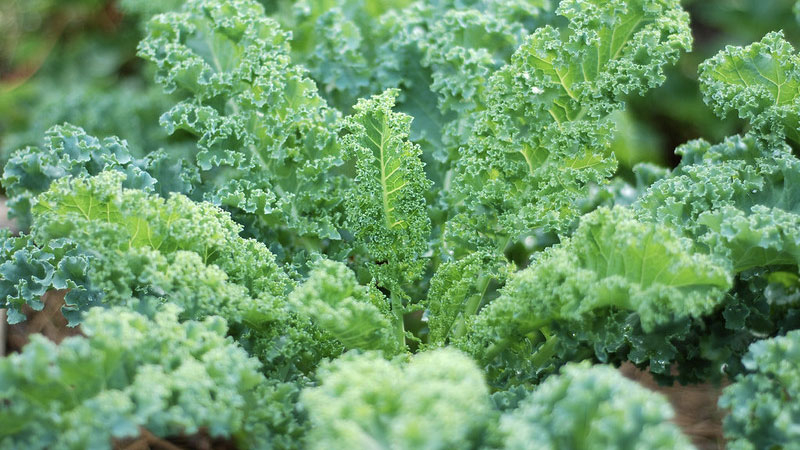
Kale -
Microgreens are immature greens made from vegetable and herb seeds. They are typically 1–3 inches (2.5–7.5 cm) in length. They have been used as a garnish or decoration since the 1980s, but they have many other applications. According to one study, microgreens contain up to 40 times more nutrients than their mature counterparts. Vitamins C, E, and K are examples of these nutrients. Microgreens can be grown all year in the comfort of your own home, making them readily available.
Microgreens are not only full of beneficial nutrients but are also low in calories, which is the main reason many people tend to eat them as snacks. The fiber found in sprouted grains can also induce satiety, making them feel full and limiting the release of ghrelin, an important hunger hormone. Sprouted chickpeas, especially fenugreek seeds are good options for your diet-friendly weight loss.
Furthermore, some microgreens contain beneficial omega-3 fatty acids, which lower harmful levels of bad cholesterol in your body, which are harmful to your health. If present on a regular basis, the anti-inflammatory properties help reduce oxidative stress and the risk of developing cardiovascular complications.
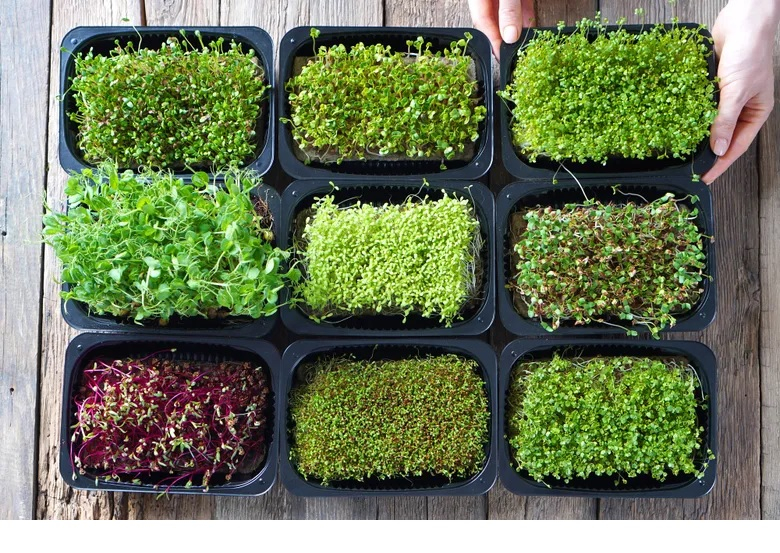
Microgreens 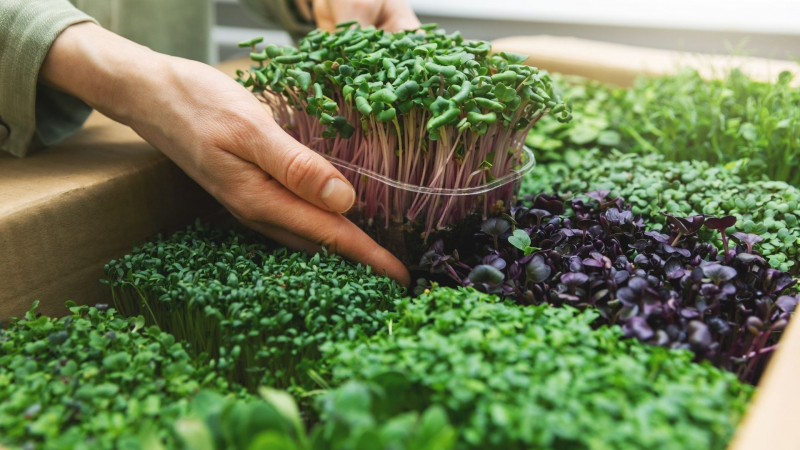
Microgreens -
Collard greens are a type of loose-leaf green that is related to kale and spring greens. They have thick leaves that are slightly bitter in flavor. They have a texture similar to kale and cabbage. Their name is derived from the word "colewort".
Collard greens are high in calcium as well as vitamins A, B9 (folate), and C. When it comes to leafy greens, they're also one of the best sources of vitamin K. One cup (190 grams) of cooked collard greens contains 1,045% of the daily value for vitamin K. Vitamin K is well-known for its ability to aid in blood clotting. Furthermore, more research is being conducted on its ability to improve bone health. One study of 72,327 women aged 38–63 found that those with vitamin K intakes of less than 109 mcg per day had a significantly higher risk of hip fractures, implying a link between this vitamin and bone health.
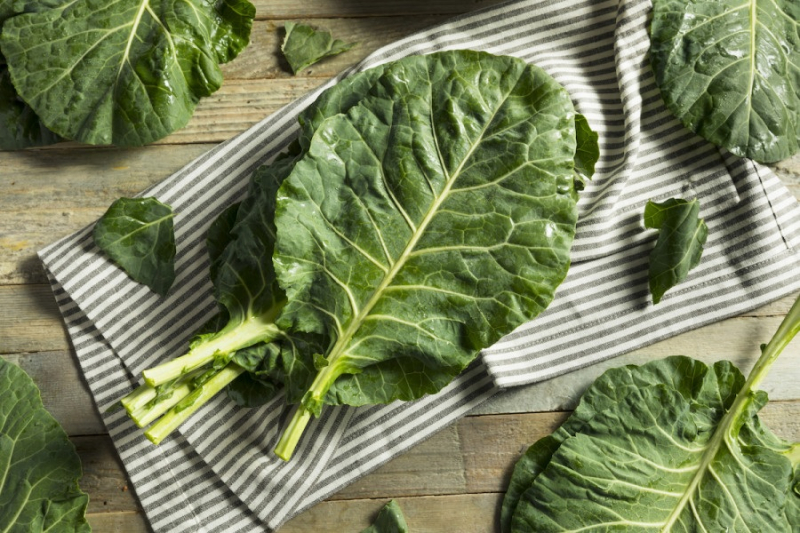
Collard Greens 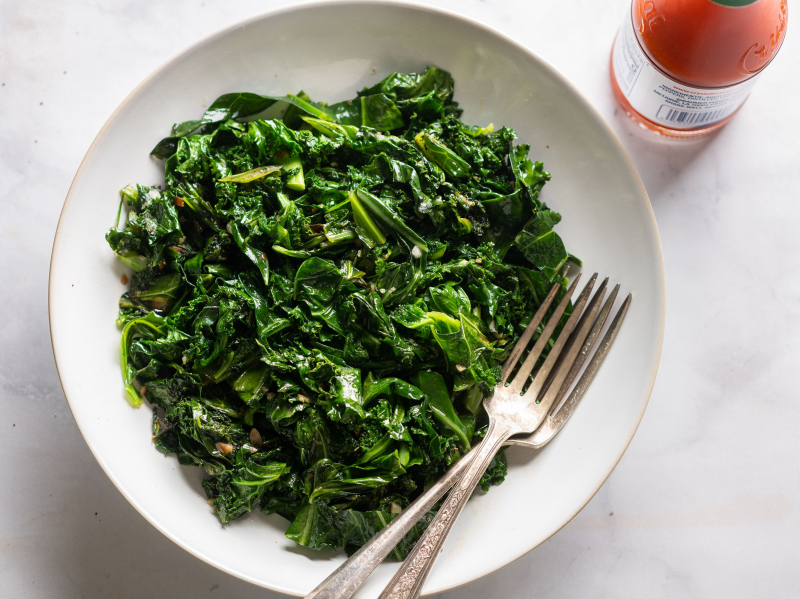
Collard Greens -
Spinach is a popular leafy green vegetable that can be used in a variety of dishes such as soups, sauces, smoothies, and salads. One cup (30 grams) of raw spinach contains 181 percent of the daily value for vitamin K, 56 percent of the daily value for vitamin A, and 13 percent of the daily value for manganese.
It's also high in folate, which aids in the production of red blood cells and the prevention of neural tube defects during pregnancy. A low folate intake during the first trimester of pregnancy was found to be one of the most preventable risk factors for the neural tube defect spina bifida in one study. Consuming spinach, in addition to taking a prenatal vitamin, is an excellent way to increase your folate intake during pregnancy.
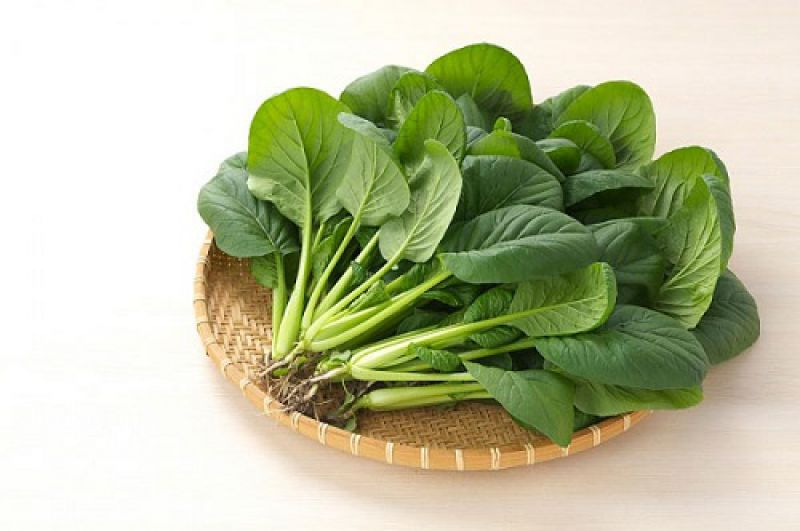
Spinach 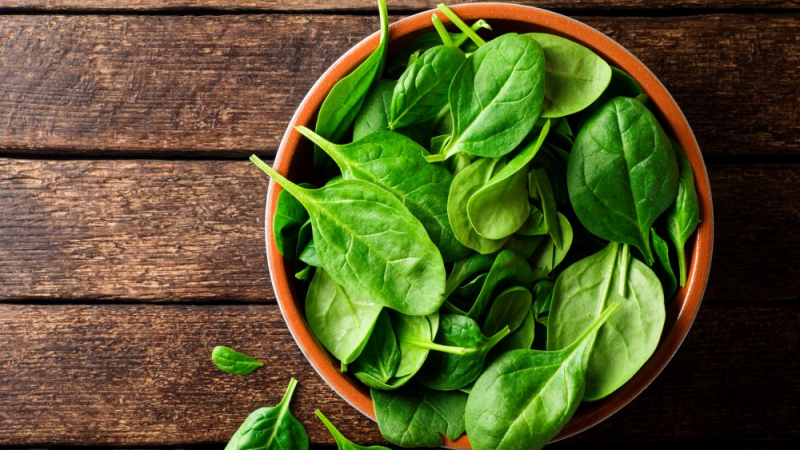
Spinach -
Cabbage is made up of clusters of thick leaves that come in green, white, and purple colors. It is a member of the Brassica family, which also includes Brussels sprouts, kale, and broccoli. This plant family's vegetables contain glucosinolates, which give them a bitter taste.
It has cancer-fighting properties and can be fermented into sauerkraut, which provides additional health benefits. Animal studies have revealed that foods containing these plant compounds may have cancer-protective properties, particularly against lung and esophageal cancer. Another advantage of cabbage is that it can be fermented and turned into sauerkraut, which has numerous health benefits such as improving digestion and supporting the immune system. It may even aid in weight loss.
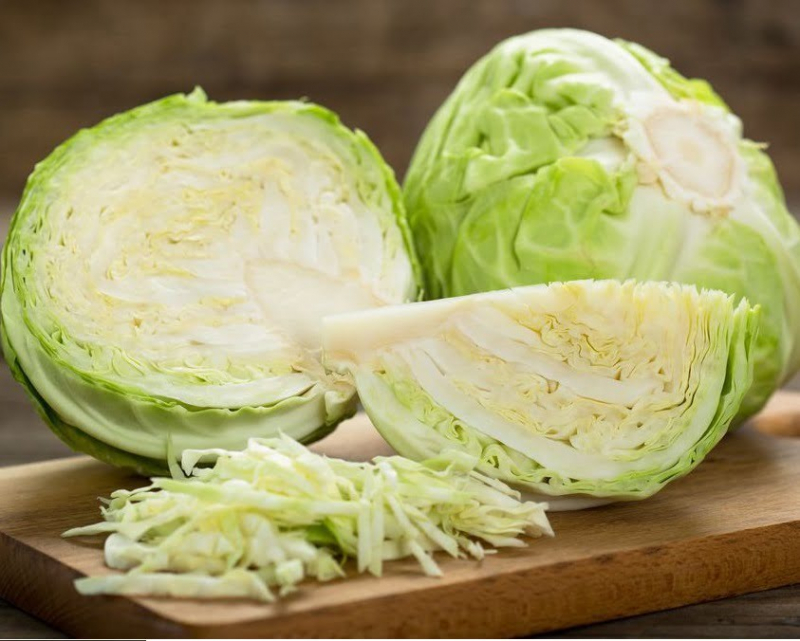
Cabbage 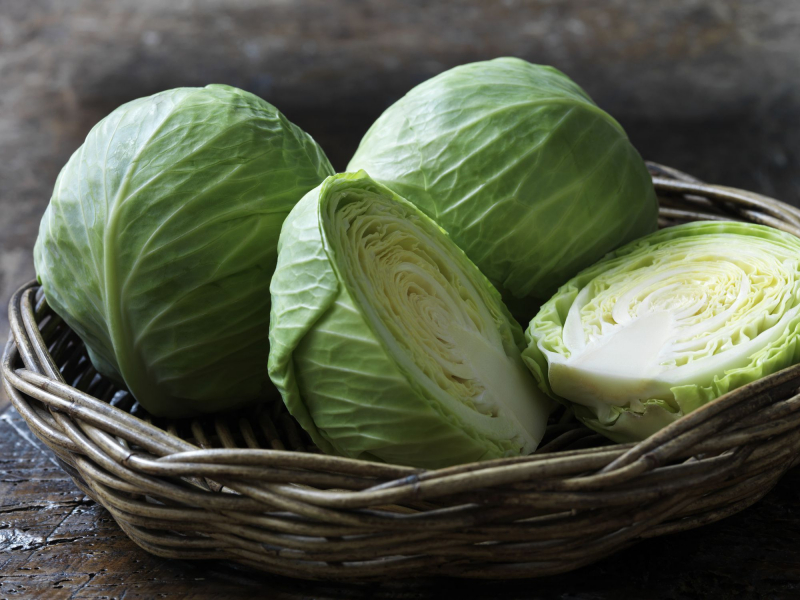
Cabbage -
Beets have been touted as having health benefits since the Middle Ages. They do have a high nutrient profile, but while beets are commonly used in dishes, the leaves are frequently overlooked. This is a shame because they are edible and high in potassium, calcium, riboflavin, fiber, and vitamins A and K. One cup (144 grams) of cooked beet greens contains 220% of the daily value for vitamin A, 37% of the daily value for potassium, and 17% of the daily value for fiber.
They also contain the antioxidants beta-carotene and lutein, which may help to reduce the risk of eye diseases like macular degeneration and cataracts. Beet greens can be added to salads, soups, or cooked as a side dish.
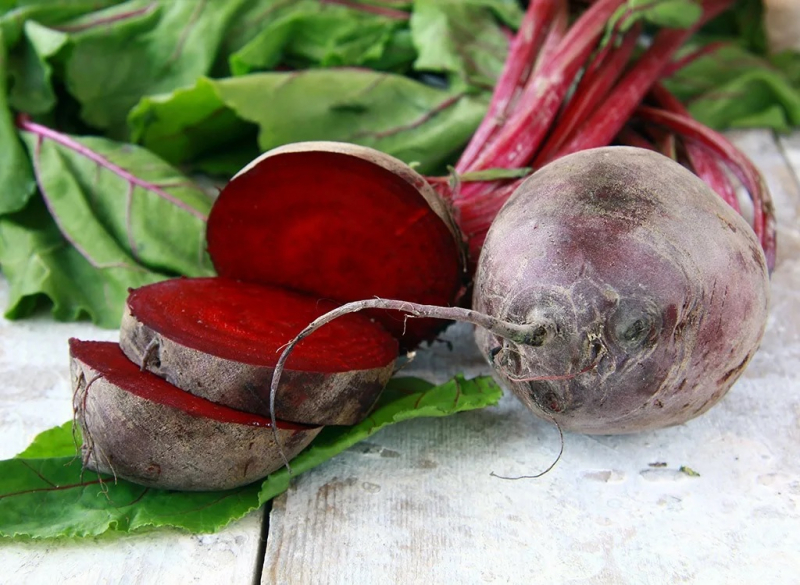
Beet Greens 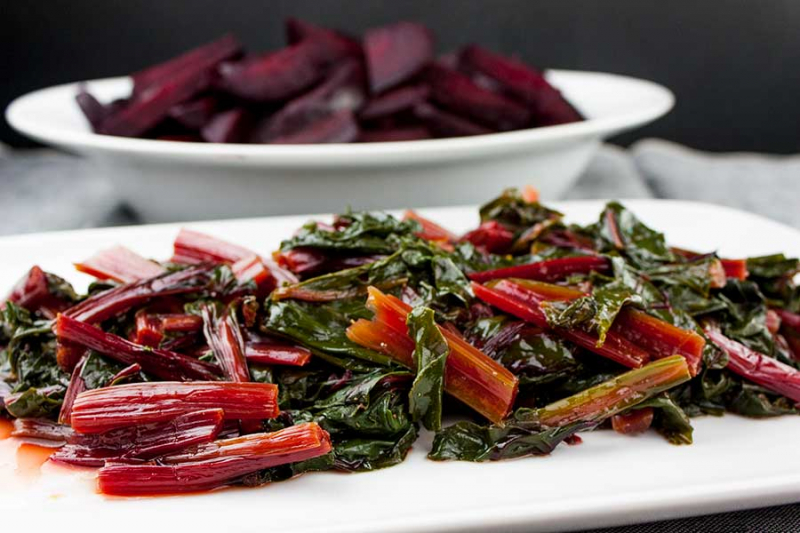
Beet Greens -
Watercress is an aquatic vegetable with a pungent flavor. It can be found in a variety of water sources from Europe to Asia and has found its way into a variety of cuisines. Watercress is considered an invasive species in the United States, which means that eating it is good for both your health and the environment.
Watercress contains vitamins, minerals, and antioxidants that can provide significant health benefits. It is high in vitamin A, also known as retinol, which is essential for keeping your retinas healthy and your vision sharp. Getting enough vitamin A is also important for keeping your organs healthy because it is required for cell division. Watercress is also high in vitamin C, which boosts your immune system, aids in injury healing, and promotes healthy collagen production.
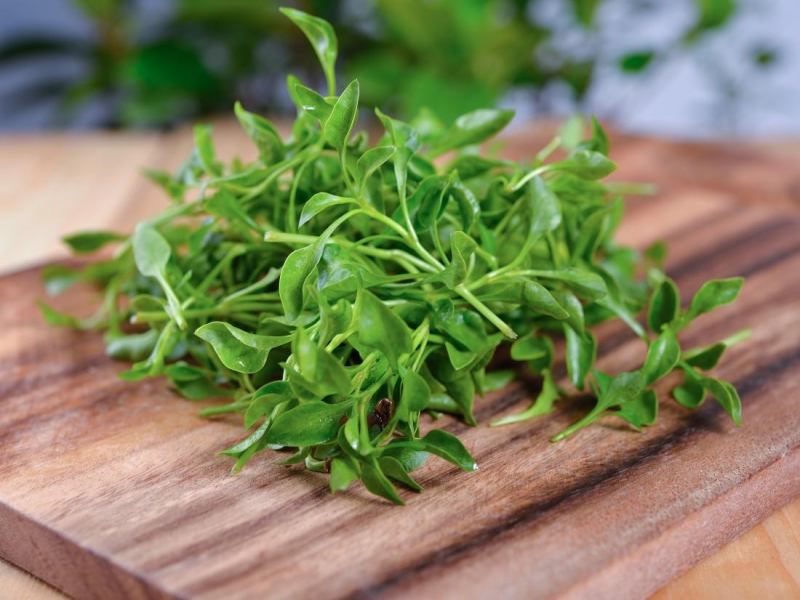
Watercress 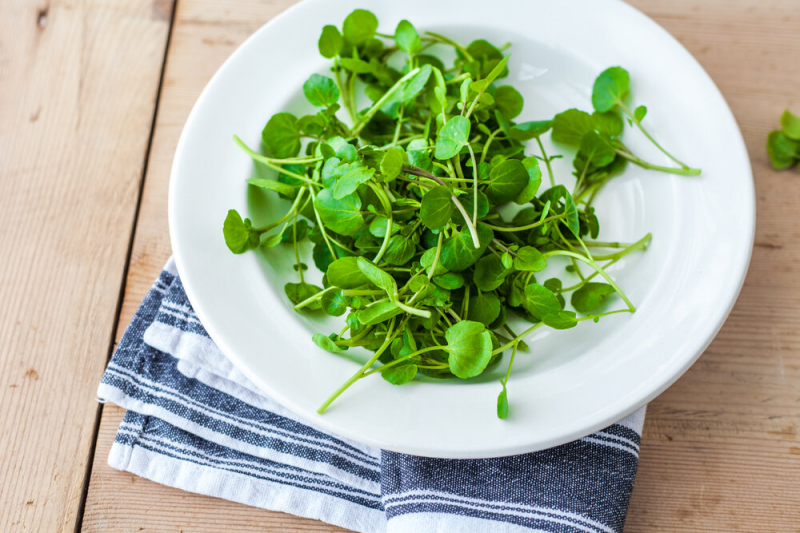
Watercress -
Romaine lettuce is a hearty salad green that is sturdy, crunchy, and high in nutrition. Romaine lettuce, also known as cos lettuce, is well-known for its nutritional benefits and savory, yet neutral flavor. It's low in fiber but high in minerals like calcium, phosphorus, magnesium, and potassium. It has a naturally low sodium content. Furthermore, romaine lettuce is high in vitamin C, vitamin K, and folate. It contains beta carotene, which the body converts to vitamin A.
Potassium, found in romaine lettuce, is an electrolyte that aids in the regularity of your heartbeat. It promotes nerve function and normal muscle contraction. Potassium also aids in the efficient movement and utilization of nutrients by your cells. It lessens the negative effects of sodium (salt) on the body. Romaine lettuce is popular lettuce that can be found in a variety of salads.
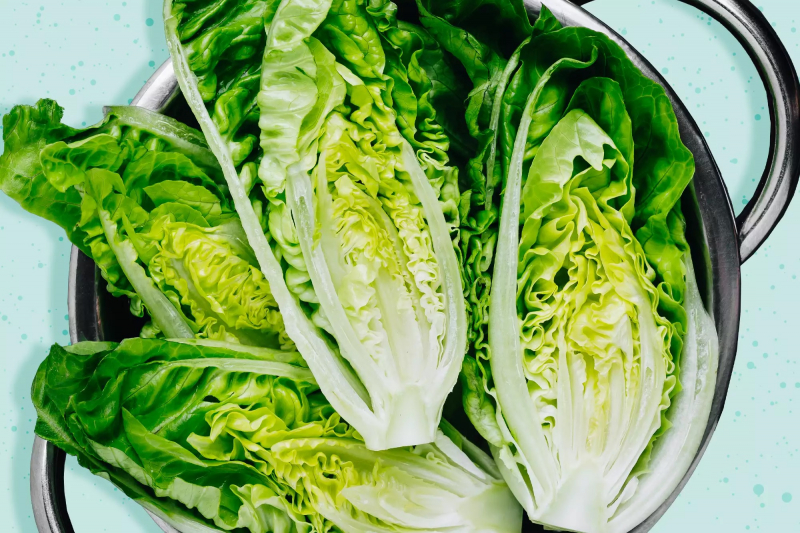
Romaine Lettuce 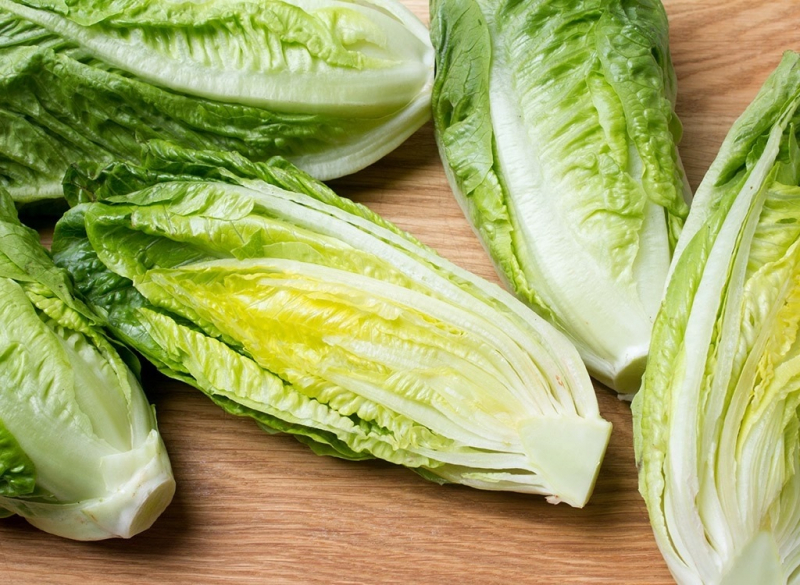
Romaine Lettuce -
Swiss chard has dark-green leaves with a red, white, yellow, or green stalk. It is a member of the same family as beets and spinach and is frequently used in Mediterranean cooking. It has a pleasant earthy flavor and is high in minerals and vitamins like potassium, manganese, and vitamins A, C, and K.
Swiss chard also contains a unique flavonoid known as syringic acid, which may help lower blood sugar levels. Oral administration of syringic acid for 30 days improved blood sugar levels in two small studies in diabetic rats. However, it should be noted that these were minor animal studies, and human research supporting the claim that syringic acid may help with blood sugar control is lacking. While many people discard the stems of the Swiss chard plant, they are crunchy and extremely nutritious. Let's try incorporating all parts of the Swiss chard plant into dishes like soups, tacos, or casseroles next time.
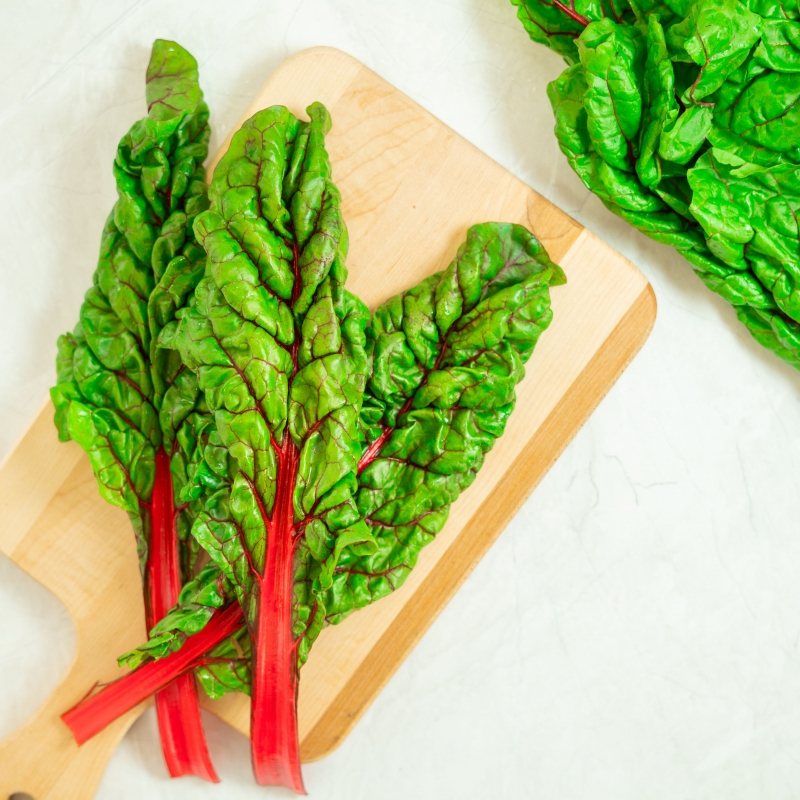
Swiss Chard 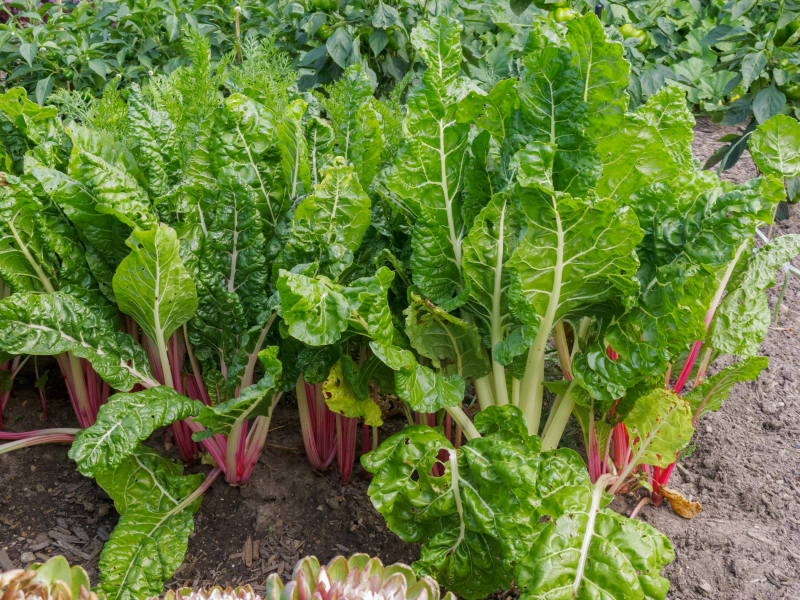
Swiss Chard -
Arugula, also known as rocket, colewort, roquette, rucola, and rucoli, is a leafy green in the Brassicaceae family. It has a slightly peppery flavor and small leaves that can be easily added to salads or used as a garnish. It can also be used for cosmetic and medicinal purposes.
It, like other leafy greens, is high in nutrients like pro-vitamin A carotenoids and vitamins B9 and K. It's also one of the best sources of dietary nitrates, a compound that your body converts to nitric oxide. Though the benefits of nitrates are debatable, some studies have found that by widening your blood vessels, they may help increase blood flow and lower blood pressure.
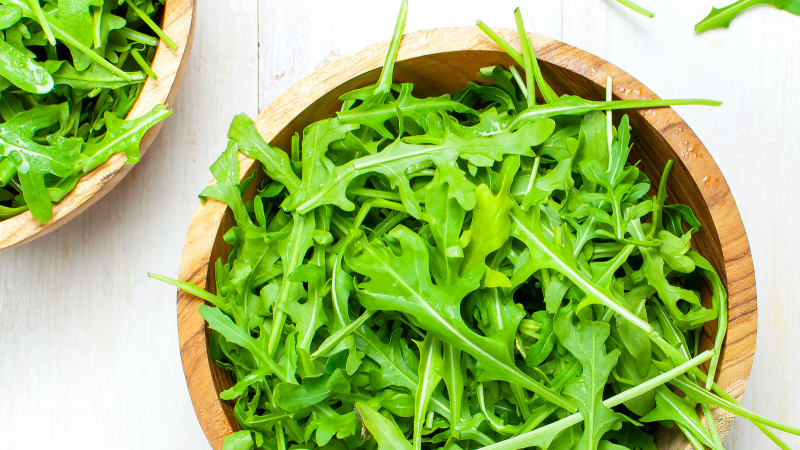
Arugula 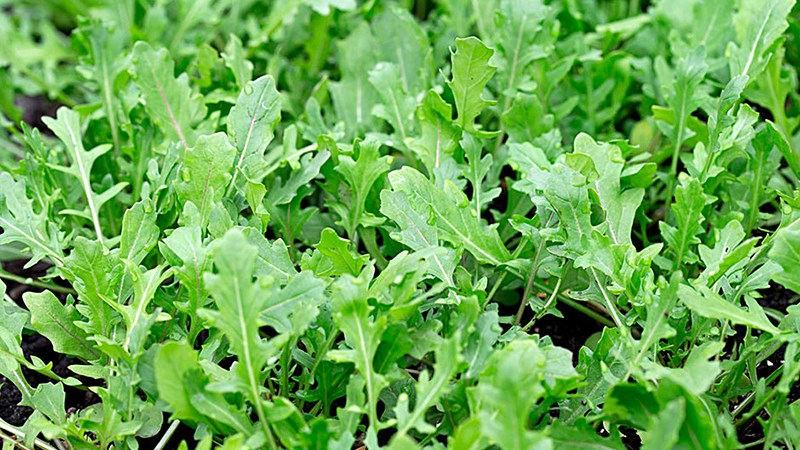
Arugula












